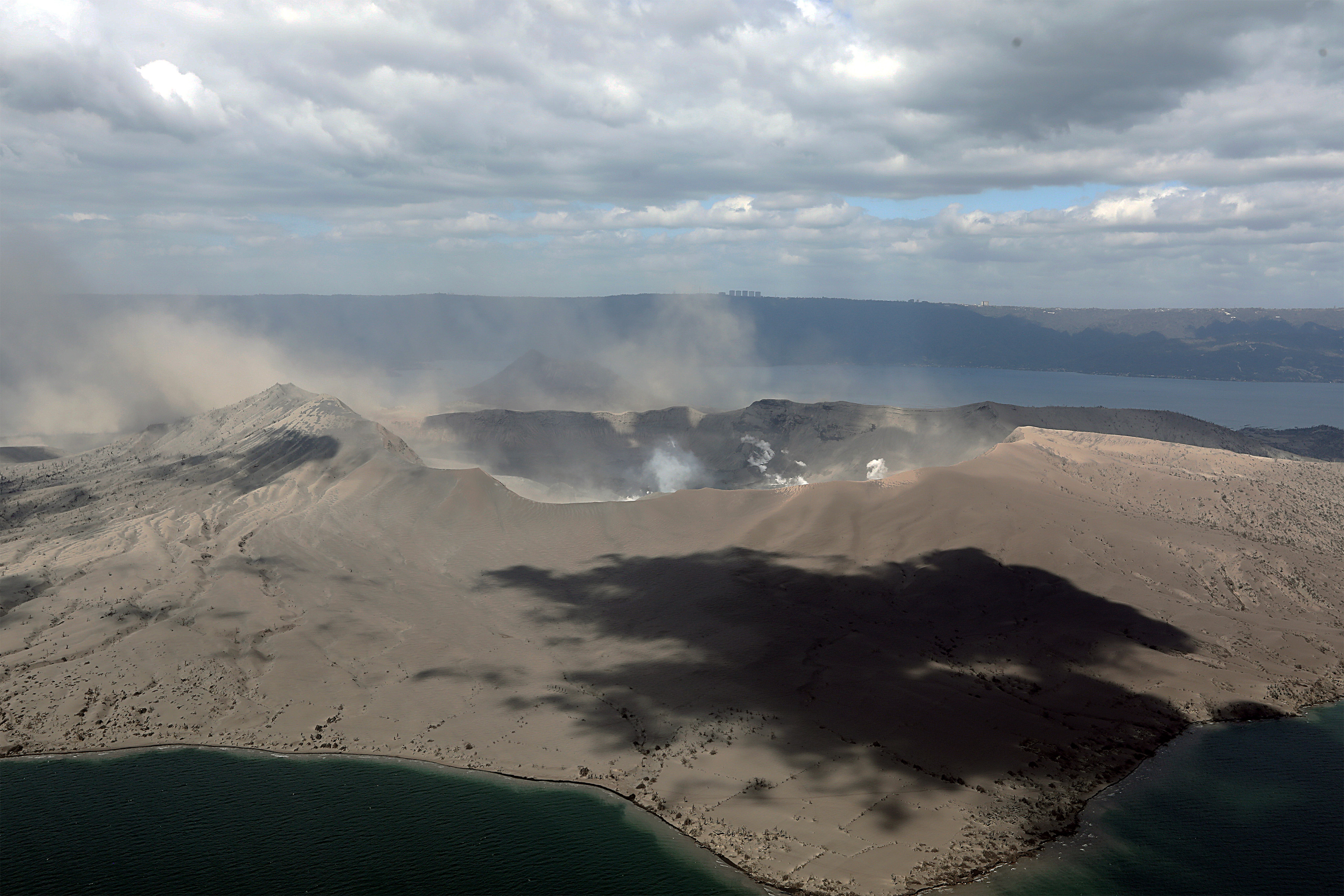
MANILA — The average sulfur dioxide (SO2) emission in Taal Volcano has decreased in the past 24 hours, while more volcanic quakes have been recorded, the Philippine Institute of Volcanology and Seismology (Phivolcs) said Wednesday.
SO2 emission measured 67 tonnes, compared to 105 tonnes recorded the previous day.
There were 101 volcanic earthquakes, including four low-frequency events. This indicates an increase from the 87 volcanic quakes with one low-frequency event the previous day.
The earthquakes signify magmatic activity beneath the Taal edifice that could lead to eruptive activity at the main crater, according to Phivolcs.
Taal Volcano remains under Alert Level 3, which means sudden steam-driven and weak phreatomagmatic explosions, volcanic earthquakes, ashfall, and lethal volcanic gas expulsions can still occur and threaten areas within Taal Volcano Island and nearby lakeshores.
Meanwhile, plume emission reached 50 to 100 meters tall, same height recorded on February 10.
Entry into the Taal Volcano Island, as well as into areas over Taal Lake and communities west of the island within a 7-kilometer radius from the main crater is still strictly prohibited, Phivolcs reiterated.
“People are also advised to observe precautions due to ground displacement across fissures, frequent ashfall and minor earthquakes,” it added.